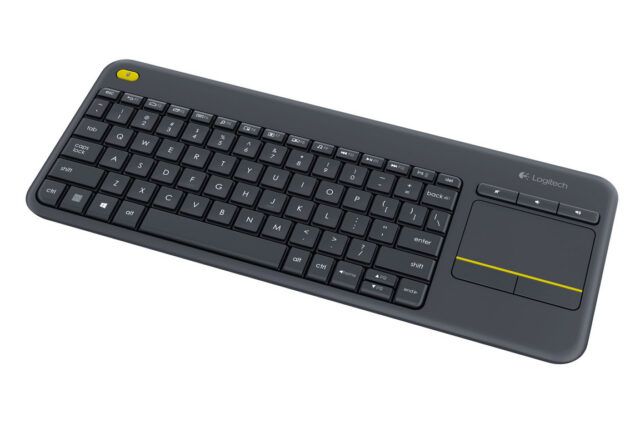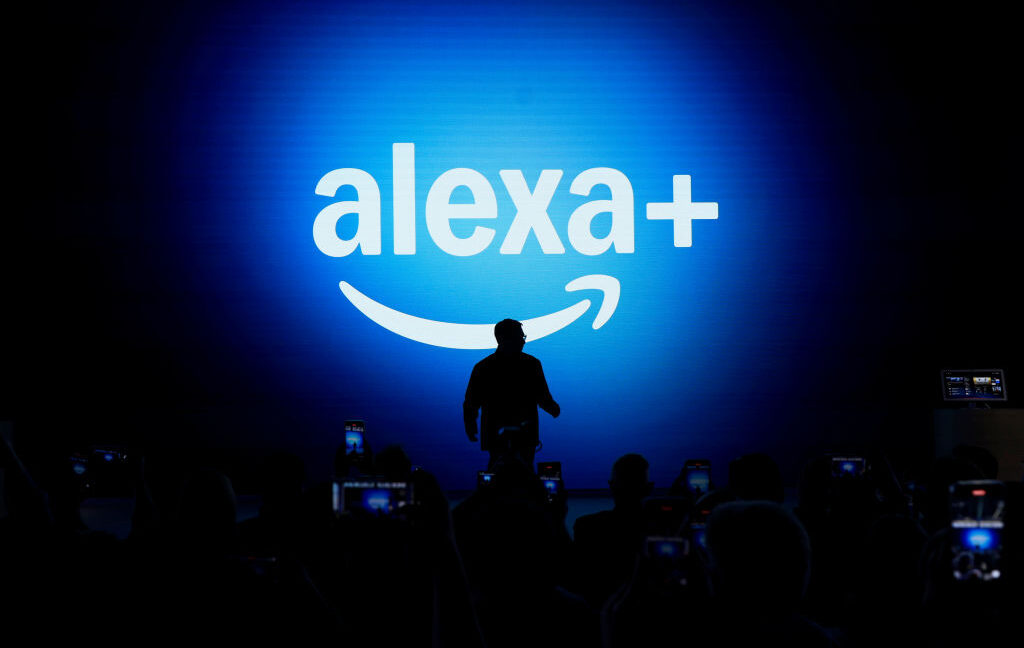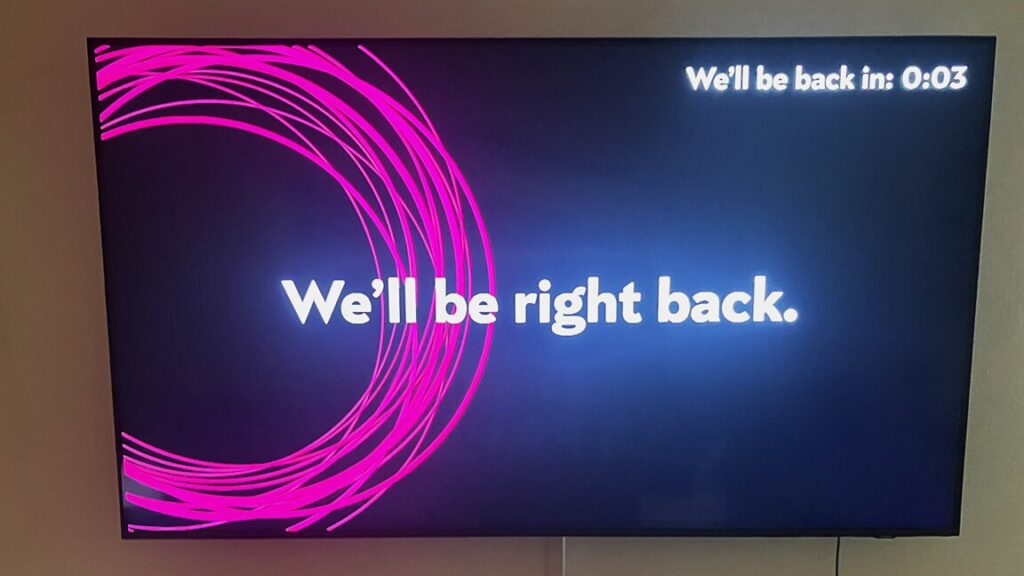Peacock showing ads upon launch opens the door for more disruptive streaming ads
Peacock subscribers will see ads immediately upon opening the streaming app or website next year. It’s a bold new strategy for attracting advertisers—something that’s been increasingly important to subscription-based streaming services—but it also risks alienating viewers
As reported by Variety, the new type of ads will display on the profile selection page that shows when a subscriber launches Peacock. Starting next year, instead of the profile page just showing your different Peacock profiles, most of the page will be dominated by an advertorial image. The circles of NBCUniversal-owned characters selected for user profiles will be relegated to a vertical column on the screen’s left side, as you can see here.
To avoid seeing what NBCUniversal is calling “Arrival Ads” every time you open Peacock, you need to subscribe to Peacock’s most expensive plan, which is ad-free and starts at $17 per month (Peacock’s ad-based plans start at $8/month.)
NBCUniversal’s announcement claims that Peacock will be the first streaming service to implement this type of ad. But that may not be the brag the entertainment giant thinks it is, as subscribers may quickly find the startup ads disruptive.
Peacock isn’t making money
Over the past couple of years, it’s become increasingly important for streaming services to generate revenue beyond subscription fees. Peacock and many other streaming services have struggled with profitability after spending years focusing on pricey content production and licensing to attract subscribers.
For its part, Peacock has 41 million subscribers and isn’t profitable. In its most recent quarterly earnings report, shared in October, NBCUniversal parent company Comcast reported that the service lost $217 million in earnings before interest, taxes, depreciation, and amortization, compared to losing $436 million in the same quarter in 2024. At the same time, Peacock has struggled to grow viewership and has had the same number of subscribers since Q1 2025. In Q1 2024, Peacock had 31 million subscribers.
Peacock showing ads upon launch opens the door for more disruptive streaming ads Read More »



















